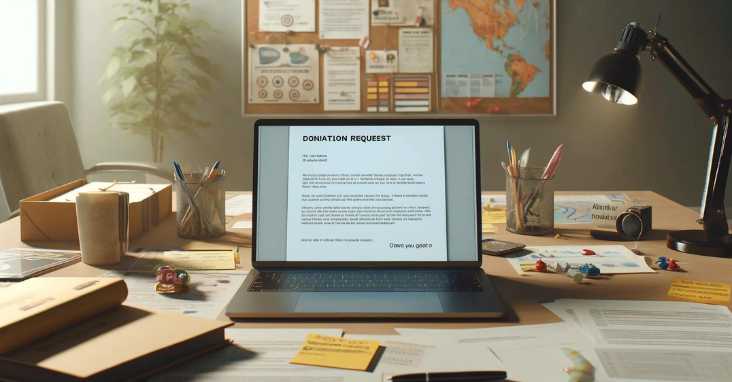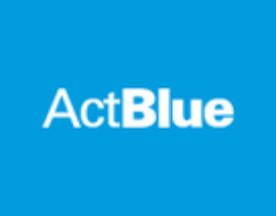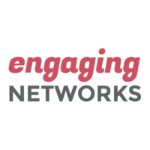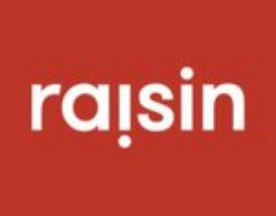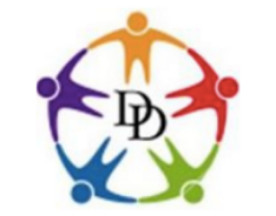What are donation request letter? Donation request letters are written appeals asking for financial support or resources for charitable purposes or events.
Donation request letters are an essential component of any nonprofit organization’s fundraising strategy. These letters are a formal request for donations from individuals, corporations, or other organizations to support a nonprofit’s mission and programs. While donation request letters may seem straightforward, they require careful crafting to be effective.
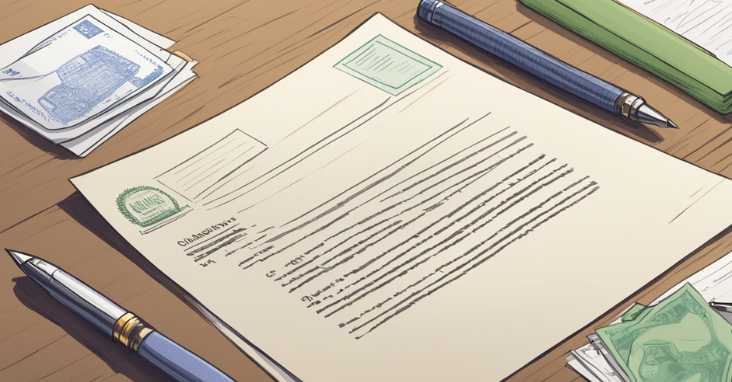
Understanding Donation Request Letters is crucial to crafting an effective one. Donors receive countless requests for donations, so it is essential to make your letter stand out. Crafting a compelling letter that resonates with your audience is key to securing donations. Factors such as audience targeting, channels for distribution, design and presentation, compliance and formalities, and follow-up strategies all play a crucial role in crafting a successful donation request letter.
Key Takeaways
- Crafting a compelling donation request letter is crucial to securing donations for nonprofits.
- Understanding your audience and tailoring your letter to their interests and concerns is key to success.
- Compliance with legal and ethical standards is essential to maintaining donor trust and avoiding legal issues.
Understanding Donation Request Letters
Purpose and Importance
Donation request letters are formal letters that are written to request financial or in-kind donations from individuals, businesses, or organizations. The primary purpose of donation request letters is to raise funds for a specific cause or mission. These letters are an essential tool for non-profit organizations to secure the necessary resources to achieve their goals and make a positive impact in their community.
Donation request letters are important because they provide a way for organizations to reach out to potential donors and communicate their mission and values. By crafting a compelling letter that clearly explains the purpose of the donation and the impact it will have, organizations can inspire donors to contribute to their cause.
Types of Donation Requests
There are several types of donation requests that organizations can make, including:
General donations: These are donations that are not tied to a specific program or project and can be used for any purpose.
Project-specific donations: These are donations that are earmarked for a specific program or project.
In-kind donations: These are donations of goods or services rather than money.
Event sponsorships: These are donations that support a specific event or fundraiser.
It is important for organizations to tailor their donation requests to the specific needs and interests of their potential donors. By understanding what motivates donors to give, organizations can create more effective donation requests that are more likely to result in contributions.
For more information on how to write effective donation request letters, check out this resource from the Nonprofit Hub: How to Write a Donation Request Letter (with Examples)
Crafting Your Letter
When it comes to crafting a donation request letter, there are several key elements to keep in mind. By following a few simple guidelines, you can create a letter that effectively communicates your needs and inspires potential donors to take action.
Structuring Your Letter
The structure of your letter is important, as it can help ensure that your message is clear and easy to follow. Consider breaking your letter into sections, such as an opening, a section detailing your needs and impact, and a call to action. This can help readers quickly understand the purpose of your letter and what you are asking for.
Writing a Compelling Opening
Your opening should grab the reader’s attention and encourage them to keep reading. Consider starting with a story or a statistic that highlights the importance of your cause. This can help create an emotional connection with the reader and motivate them to take action.
Detailing Your Needs and Impact
In this section, you should provide specific details about your organization and the impact that donations can have. Be sure to highlight the specific needs that your organization has and explain how donations can help address those needs. This can help potential donors understand the importance of their contributions and feel more motivated to give.
Making a Clear Call to Action
Your call to action should be clear and specific. Be sure to explain exactly what you are asking for and how potential donors can contribute. This can help eliminate confusion and make it easier for readers to take action.
Personalization and Storytelling
Personalization and storytelling can help create an emotional connection with the reader and make your cause feel more relatable. Consider sharing stories of individuals who have been impacted by your organization or highlighting the specific ways that donations can make a difference.
Expressing Gratitude
Finally, it’s important to express gratitude to potential donors for considering your organization. Be sure to thank them for their time and support, and let them know how much their contributions are appreciated.
For more tips on crafting a compelling donation request letter, check out this resource from The Balance Small Business: How to Write a Donation Request Letter.
Audience Targeting
When it comes to crafting a donation request letter, understanding your audience is crucial. Tailoring your message to the right audience can make all the difference in the success of your fundraising efforts. Here are some tips on how to effectively target your audience:
Identifying Potential Donors
The first step in audience targeting is identifying potential donors. This can include individuals, businesses, and corporations that have previously donated to your cause or have expressed interest in supporting similar causes. You can also research potential donors through online directories, social media, and community organizations.
Segmenting Your Audience
Once you have identified potential donors, the next step is to segment your audience based on common characteristics such as age, income, and interests. This will allow you to tailor your message to each group and increase the likelihood of a successful donation. For example, you may want to send a different message to older donors who may have more disposable income compared to younger donors who may be more interested in social media campaigns.
Tailoring Messages to Donor Segments
After segmenting your audience, the final step is to tailor your message to each donor segment. This can include using language and imagery that resonates with each group, highlighting the impact of their donation, and providing specific examples of how their donation will be used. By personalizing your message, you can increase the likelihood of a successful donation.
It’s important to remember that audience targeting is an ongoing process. As your donor base evolves, so should your messaging and targeting strategies. By continually analyzing your audience and adjusting your approach, you can maximize the effectiveness of your donation request letters.
For more information on audience targeting and segmentation, check out this resource.
Channels for Distribution

When it comes to distributing donation request letters, there are several channels that organizations can use to reach potential donors. Each channel has its own advantages and disadvantages, and organizations should consider their target audience and resources when deciding which channels to use.
Direct Mail Campaigns
Direct mail campaigns involve sending physical letters or postcards to potential donors through the mail. This channel can be effective for reaching older donors who may not use email or social media as frequently. However, direct mail campaigns can be costly and may have lower response rates compared to other channels.
To increase the effectiveness of direct mail campaigns, organizations can personalize the letters and include a return envelope with pre-paid postage. They can also segment their mailing list based on factors such as past donation history or demographics to tailor the message to each recipient.
Email Appeals
Email appeals involve sending donation request letters through email. This channel can be cost-effective and allows organizations to reach a large audience quickly. However, emails may be filtered into spam folders or ignored by recipients.
To increase the effectiveness of email appeals, organizations can personalize the emails and include a clear call-to-action. They can also segment their email list based on factors such as past donation history or demographics to tailor the message to each recipient.
Online and Social Media
Organizations can also use their website and social media channels to distribute donation request letters. This channel can be cost-effective and allows organizations to reach a large audience quickly. Social media platforms such as Facebook and Twitter also allow for easy sharing and promotion of donation appeals.
To increase the effectiveness of online and social media channels, organizations can create compelling visuals and use clear language to convey their message. They can also use targeted advertising to reach specific audiences and track the success of their campaigns through analytics.
Overall, organizations should consider using a combination of these channels to maximize their reach and effectiveness. By tailoring their message to each channel and audience, they can increase the likelihood of receiving donations from potential supporters.
For more information on donation request letter distribution, check out this resource from The Balance.
Design and Presentation
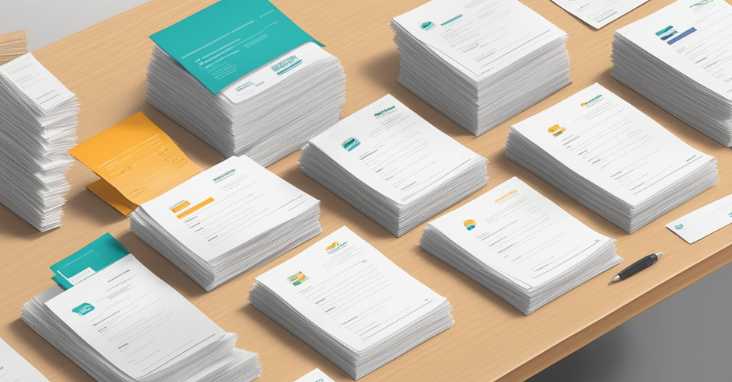
When it comes to creating a donation request letter, the design and presentation are just as important as the content. A well-designed letter can capture the reader’s attention and increase the chances of getting a donation. In this section, we will discuss two important aspects of design and presentation: incorporating visual elements and choosing the right template.
Incorporating Visual Elements
Visual elements, such as images or logos, can make your donation request letter more appealing and memorable. Including a logo can help to establish your organization’s brand and make it more recognizable. However, it is important to use visual elements sparingly and strategically, as too many images can overwhelm the reader and detract from the message.
When incorporating visual elements, it is important to ensure that they are high-quality and relevant to the message of the letter. For example, if you are requesting donations for a specific project, including an image related to that project can help to illustrate the impact of the donation.
Choosing the Right Template
Choosing the right template for your donation request letter can also have a significant impact on its effectiveness. A well-designed template can make the letter look more professional and increase the chances of it being read. There are many free templates available online that can be customized to suit your organization’s needs.
When choosing a template, it is important to consider the tone and style of the letter. For example, if your organization is more formal, a template with a traditional design may be more appropriate. On the other hand, if your organization is more modern and innovative, a template with a more contemporary design may be a better fit.
It is also important to ensure that the template is easy to read and navigate. Avoid using fonts that are too small or difficult to read, and use headings and bullet points to break up the text and make it easier to skim.
In conclusion, the design and presentation of a donation request letter can have a significant impact on its effectiveness. By incorporating visual elements and choosing the right template, you can create a letter that is both appealing and effective. For more information on creating effective donation request letters, check out this resource from The Balance Small Business.
Compliance and Formalities

Legal Considerations
When drafting a donation request letter, it is important to ensure that it complies with all relevant legal requirements. Charitable organizations must comply with federal and state laws governing charitable solicitations. Failure to comply with these laws can result in penalties and fines.
One important consideration is to make sure that the organization is registered as a charitable organization with the appropriate state agency. In addition, the letter should clearly state the purpose of the donation and how it will be used. The letter should also include a statement that the donation is tax-deductible, as long as the organization is a registered 501(c)(3) nonprofit.
Another important consideration is to ensure that the letter does not make any false or exaggerated claims about the organization or its activities. The letter should accurately reflect the organization’s mission and goals, and should not make any promises that cannot be kept.
Providing Donation Receipts
It is important for charitable organizations to provide donors with receipts for their donations. These receipts serve as proof of the donation for tax purposes, and can also help donors keep track of their charitable giving.
The receipt should include the name and address of the organization, the date of the donation, the amount of the donation, and a statement that the donation is tax-deductible. The receipt should also include a description of any goods or services provided in exchange for the donation, if applicable.
Charitable organizations should also keep records of all donations received, including the donor’s name, address, and the amount of the donation. These records should be kept in a secure location and should be available for inspection by state and federal authorities.
For more information on legal compliance and providing donation receipts, visit the Internal Revenue Service’s website.
Overall, it is important for charitable organizations to be transparent and compliant with all relevant laws and regulations when soliciting donations. By following these guidelines and best practices, organizations can build trust with donors and ensure that their donations are being used for their intended purpose.
Follow-Up Strategies

Tracking Responses
Keeping track of responses is crucial for the success of any donation request campaign. It allows the organization to identify which donors are interested in contributing and which ones may need additional follow-up. One effective way to track responses is by using a spreadsheet or database to record the donor’s name, contact information, and response status. This can help the organization avoid sending multiple requests to the same donor and ensure that all donors receive appropriate acknowledgement and recognition for their contributions.
Maintaining Donor Relationships
Maintaining positive relationships with donors is essential for long-term success. Organizations should make an effort to keep in touch with current donors and show appreciation for their contributions. This can be done by sending thank-you notes, providing updates on the organization’s progress, and inviting donors to events or fundraisers. Additionally, organizations should make an effort to engage with prospective donors and establish a relationship before making a donation request. This can be done by reaching out through social media, email, or phone calls and providing information about the organization’s mission and impact.
To learn more about effective follow-up strategies, check out this resource from The Balance Small Business.
Measuring Success
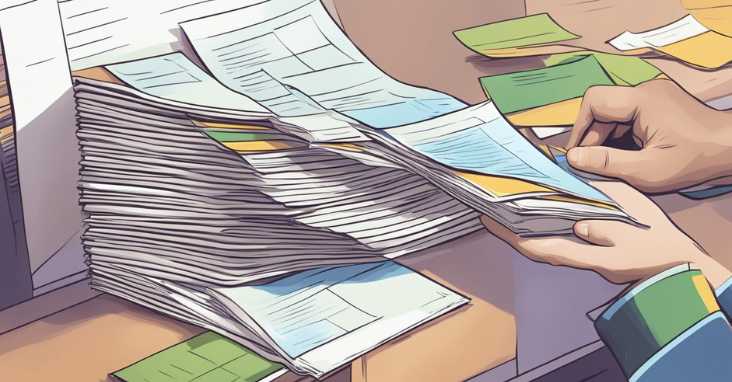
Analyzing Campaign Performance
Measuring the success of a donation request letter campaign is crucial to understanding its effectiveness and making informed decisions for future appeals. To analyze campaign performance, organizations should first examine their fundraising goal and compare it to the amount raised. This will provide a clear indication of whether the campaign was successful in meeting its objective.
Another way to measure success is to gather success stories from donors who were inspired to give by the letter. These stories can be used to demonstrate the impact of the organization’s work and inspire future donors.
Organizations should also track the response rate of the donation request letter campaign. This can be done by monitoring the number of letters sent out, the number of responses received, and the percentage of responses compared to the total number of letters sent. Analyzing the response rate can help organizations understand the effectiveness of their outreach efforts and identify areas for improvement.
Adjusting Strategies for Future Appeals
Based on the analysis of campaign performance, organizations should adjust their strategies for future appeals. If the campaign was successful in meeting its fundraising goal, organizations should consider replicating the strategies used in the letter for future campaigns.
However, if the campaign fell short of its goal, organizations should review the letter and identify areas for improvement. Best practices for donation request letters include personalization, a clear call to action, and a compelling story that demonstrates the impact of the organization’s work.
Organizations should also consider using A/B testing to determine the most effective strategies for future appeals. This can involve testing different versions of the letter with different segments of the donor base to determine which version is most effective in eliciting a response.
To learn more about measuring the success of donation request letter campaigns, organizations can refer to this resource from the Nonprofit Marketing Guide: Measuring the Success of Your Fundraising Campaigns.
Frequently Asked Questions
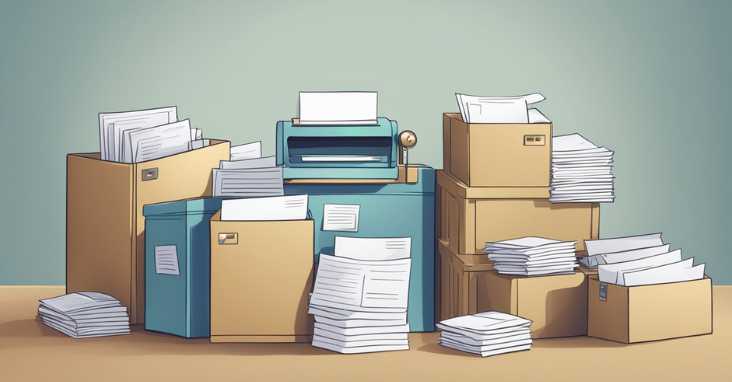
How can one effectively write a donation request letter for a school?
When writing a donation request letter for a school, it is important to clearly state the purpose of the donation and how it will benefit the school and its students. The letter should be concise, yet informative, and should include specific details about the school’s needs. It is also important to personalize the letter and make a connection with the potential donor.
What are the key components of a compelling donation request letter for food assistance?
A compelling donation request letter for food assistance should include a clear explanation of the organization’s mission and the impact it has on the community. The letter should also provide specific details about the food assistance program and how donations will be used to support it. It is important to include stories or statistics that illustrate the need for food assistance and the positive impact it has on those who receive it.
Can you provide guidance on structuring a donation request letter for a church?
When structuring a donation request letter for a church, it is important to start with a warm greeting and express gratitude for the recipient’s past support. The letter should clearly state the purpose of the donation and how it will be used to support the church’s mission and programs. It is also important to include a call to action and provide specific instructions for making a donation.
What language should be used when politely asking for donations in a letter?
When politely asking for donations in a letter, it is important to use clear and concise language that clearly explains the purpose of the donation and how it will be used. The letter should be personalized and make a connection with the potential donor. It is also important to express gratitude for any past support and provide a clear call to action.
How do I create a donation request letter that resonates with potential donors?
To create a donation request letter that resonates with potential donors, it is important to clearly state the purpose of the donation and how it will be used to make a positive impact. The letter should be personalized and make a connection with the potential donor. It is also important to include specific details and statistics that illustrate the need for the donation and the positive impact it will have.
Where can I find a strong example of a donation request letter to reference?
One resource for finding strong examples of donation request letters is the website of the Association of Fundraising Professionals (AFP). The AFP provides a variety of resources and templates for creating effective donation request letters. Another resource is the website of the Nonprofit Technology Network (NTEN), which provides a variety of resources and tools for nonprofit organizations, including sample donation request letters.
For more information on creating effective donation request letters, please see this article.

